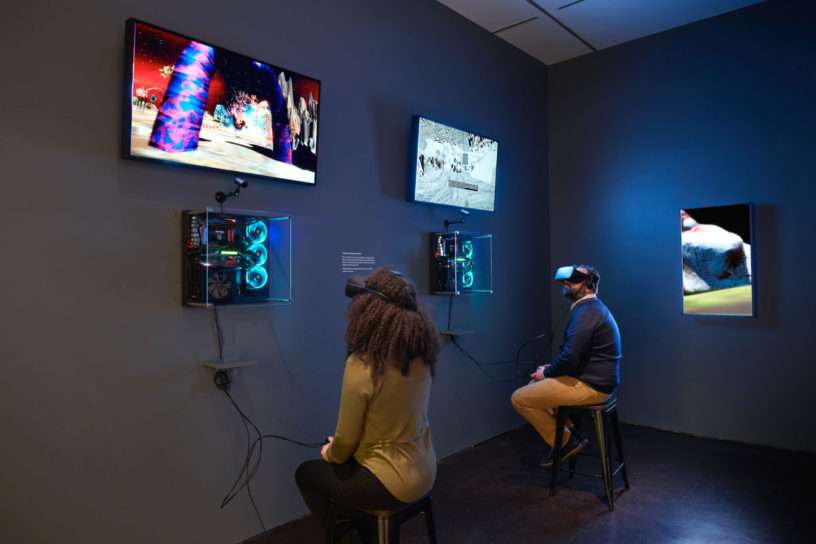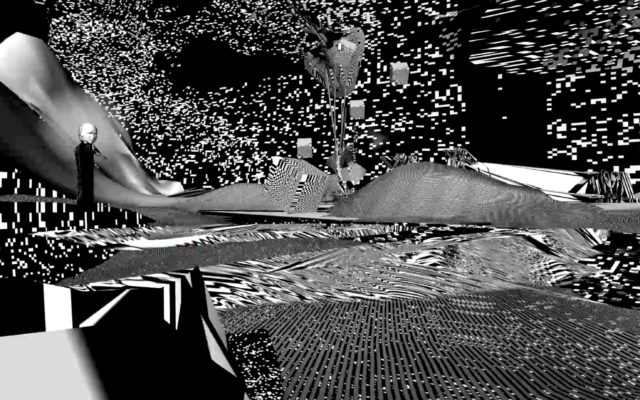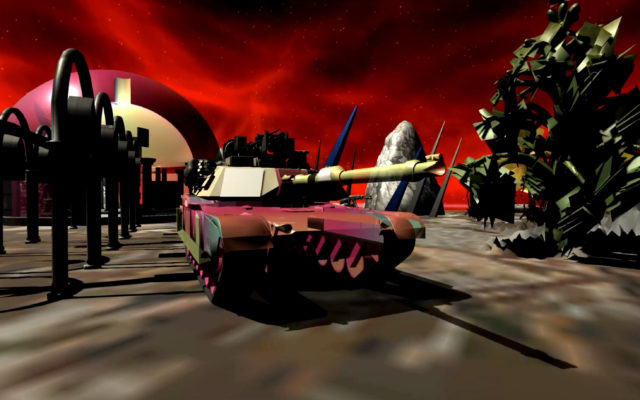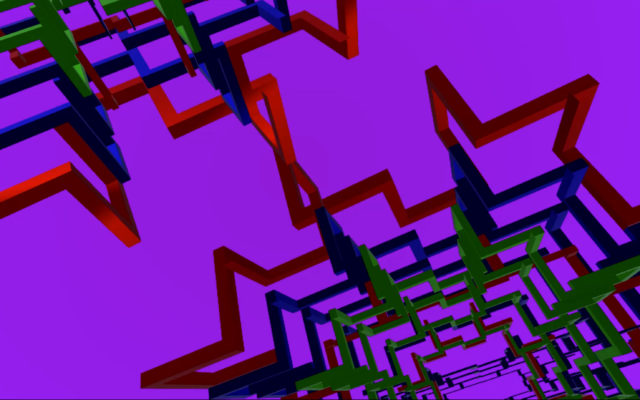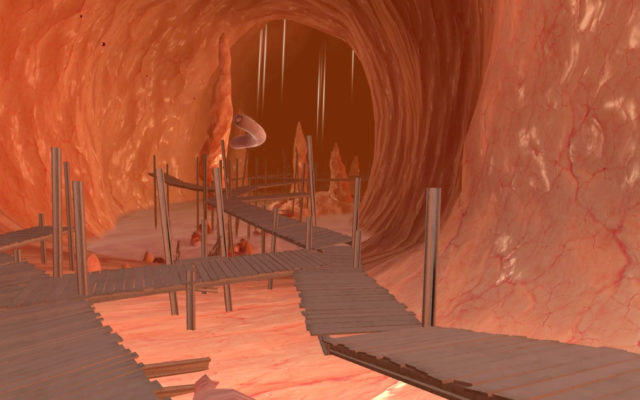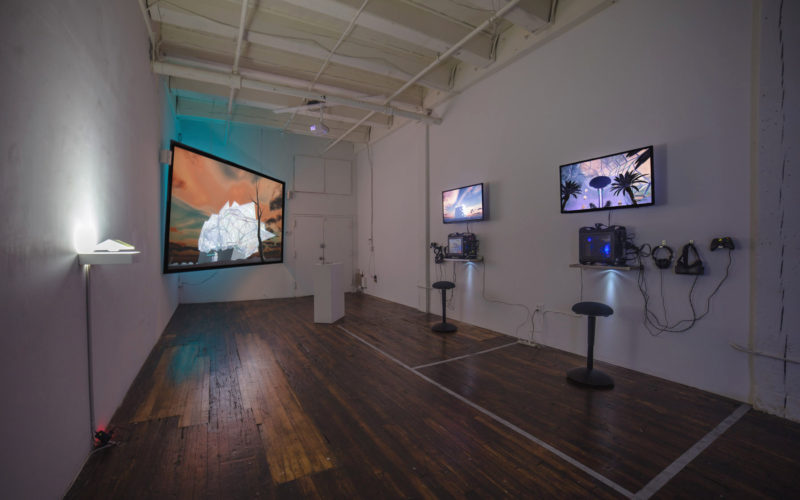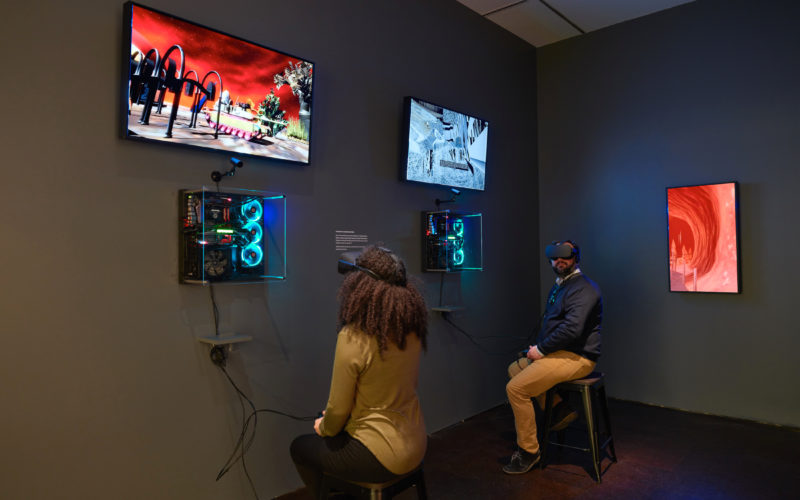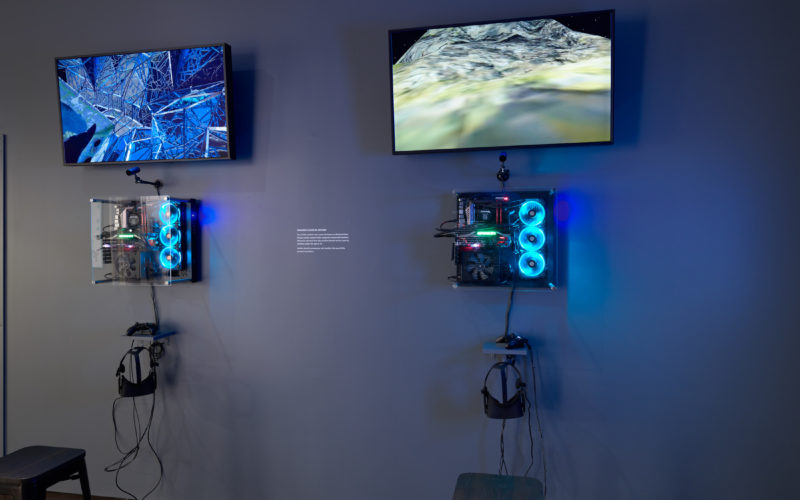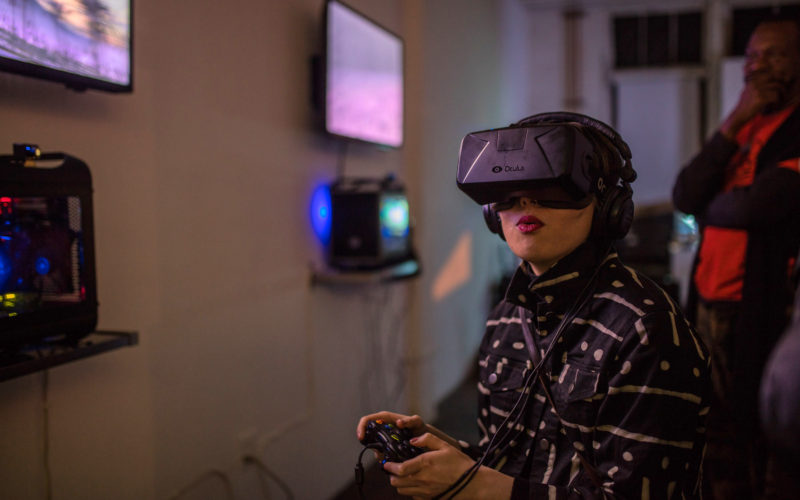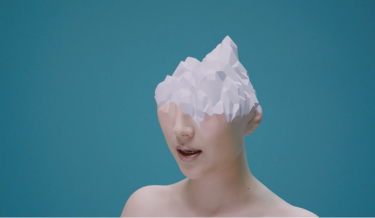Related post
3D CGI Still Lifes Bring Order to an Artist’s Chaotic Mind
Oct 30, 2015
|
Comments Off on 3D CGI Still Lifes Bring Order to an Artist’s Chaotic Mind
3552
Kosai Sekine: Bending Reality
Oct 29, 2015
|
Comments Off on Kosai Sekine: Bending Reality
3501
Fall into this Elevator Shaft Audiovisual Installation
Jan 13, 2016
|
Comments Off on Fall into this Elevator Shaft Audiovisual Installation
2588

